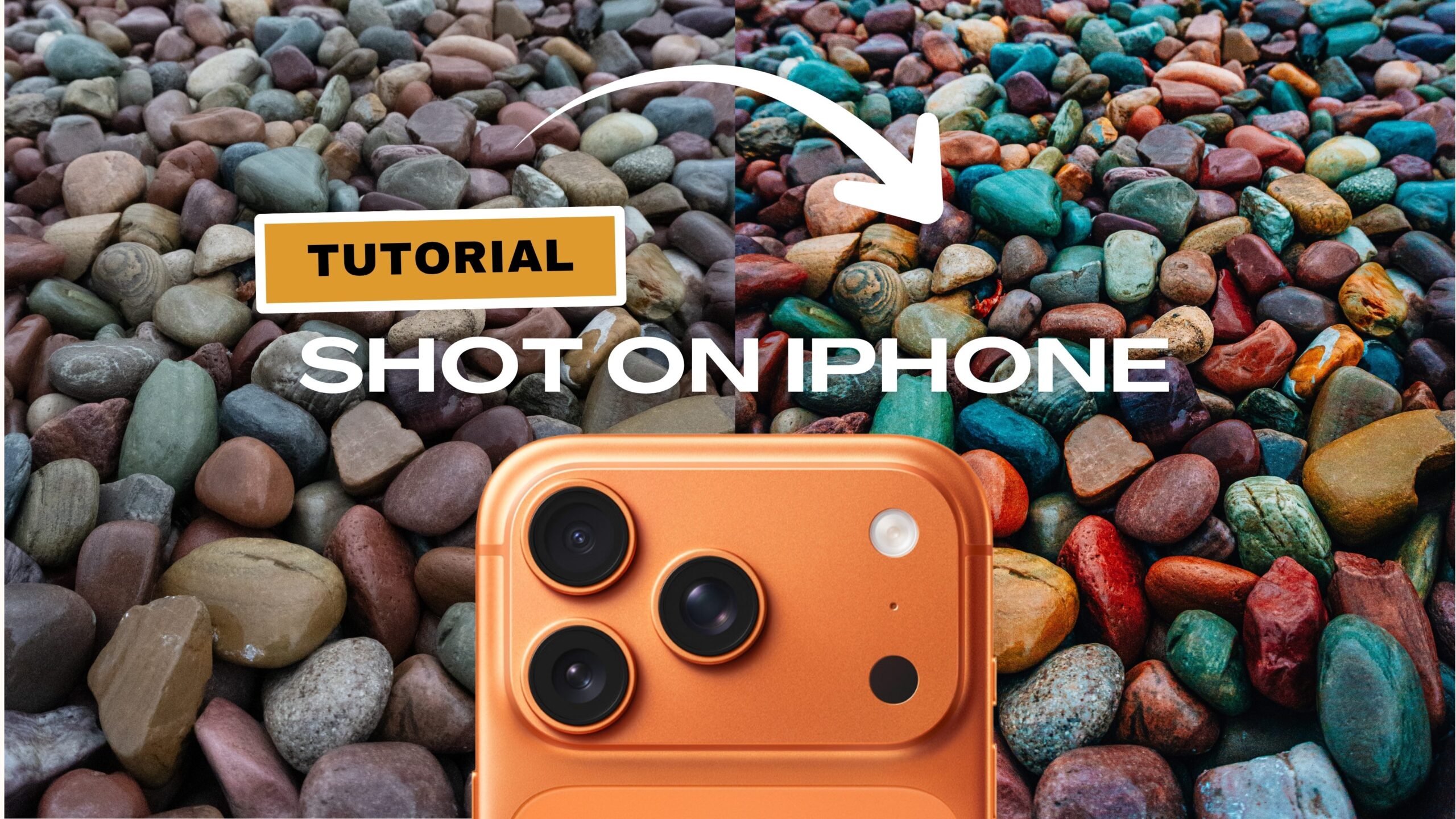These days our smartphones are by far the number one device to take pictures with. With the advances in microscopic camera technology, these photos can be super high quality. But what if we want more control than simply aiming and firing? Check out how to use Manual Mode on your LG G4’s camera app for complete control over your photos:
Enabling Manual Mode
To use your LG G4’s camera in manual mode:
- Open the camera app from your home screen or app drawer, or launch the camera using one of the shortcuts.
- With the camera open, tap on the Options icon (three vertical dots) in the top left corner.
- You will see three icons for the three camera modes: The empty rectangle for Simple mode, a rectangle with three dots for Auto mode, and a rectangle with two sliders for Manual mode.
- Tap on the Manual mode icon to switch the camera into manual mode.
- The camera overlay now displays the manual mode options.
Manual Mode Options
Manual mode enables significantly more options and control than the other two camera modes. Let’s go over these new adjustments. We will walk through the controls on the camera controls when the phone is held vertically (held up and down, with the LG logo on the phone at the bottom).
- To the right of the Menu icon at the top left is the Flash icon, tapping on the icon allows you to choose from the three flash modes: on, off, or auto. Auto will turn flash on or off based on your scene.
- At the center of the top row of icons is the Lens Swap icon, tapping this icon will switch the view between the front and rear cameras on your device.
- To the left of the Lens Swap icon is the Format icon, which indicates which image format you are currently shooting in. Tapping on this icon lets you switch between JPG and RAW JPG modes. We’ll discuss the RAW image format in the next section.
- The Gear icon at the top left takes you to the Settings menu with additional options for the camera. In the Settings menu we have (from left to right):
- Arrow pointing at SD card icon: lets you set the storage location for your photos and videos. Only available when SD card is inserted.
- Grid icon: Choose between a grid overlay or horizontal level overlay to aid in capturing straight shots.
- Timer icon: Allows you to choose a self timer for delaying capture when taking a photo.
- Face icon: This enables or the Voice command function in Voice Mate. Check out our article How to Use Voice Mate to learn how to set this up.
- Rectangle with numbers icon: This is the aspect ratio setting, letting you switch to different photo formats , wide 16:9, 4:3, and 1:1 square photos.
- HDR icon: HDR mode is available only in Auto mode, and takes two images and combines them gain better exposure in your photo.
- On the bottom row, at the very left is the Exit button, which quits the camera app.
- The next two buttons are Capture and Record for taking photos and videos, respectively.
- To the very right is the Gallery button that launches you into your photo and video gallery.
- On the left and right sides of the screen are the advanced controls for Manual mode.
- On the left we have:
- White balance
- Manual focus
- Exposure compensation
- ISO
- Shutter speed
- Auto exposure lock
- On the right side of the screen is the status info bar, which shows the status of each setting above, as well as the aperture and a histogram indicator.
Raw Photos
When in Manual mode on your LG G4, you have the option to take photos in JPG or RAW and JPG. RAW is an advanced image format that allows greater control when editing in professional photo editing applications like Photoshop and Lightroom. These images contain every piece of information captured by the image sensor in your phone, which allows more accurate editing of lighting and color. When shooting in RAW JPG mode, your photos will be saved twice: one as a JPG that is easily shared and opened in a variety of apps, and the other as a DNG file, the standard filetype for RAW images, and can be opened by specialty photo editing applications.


